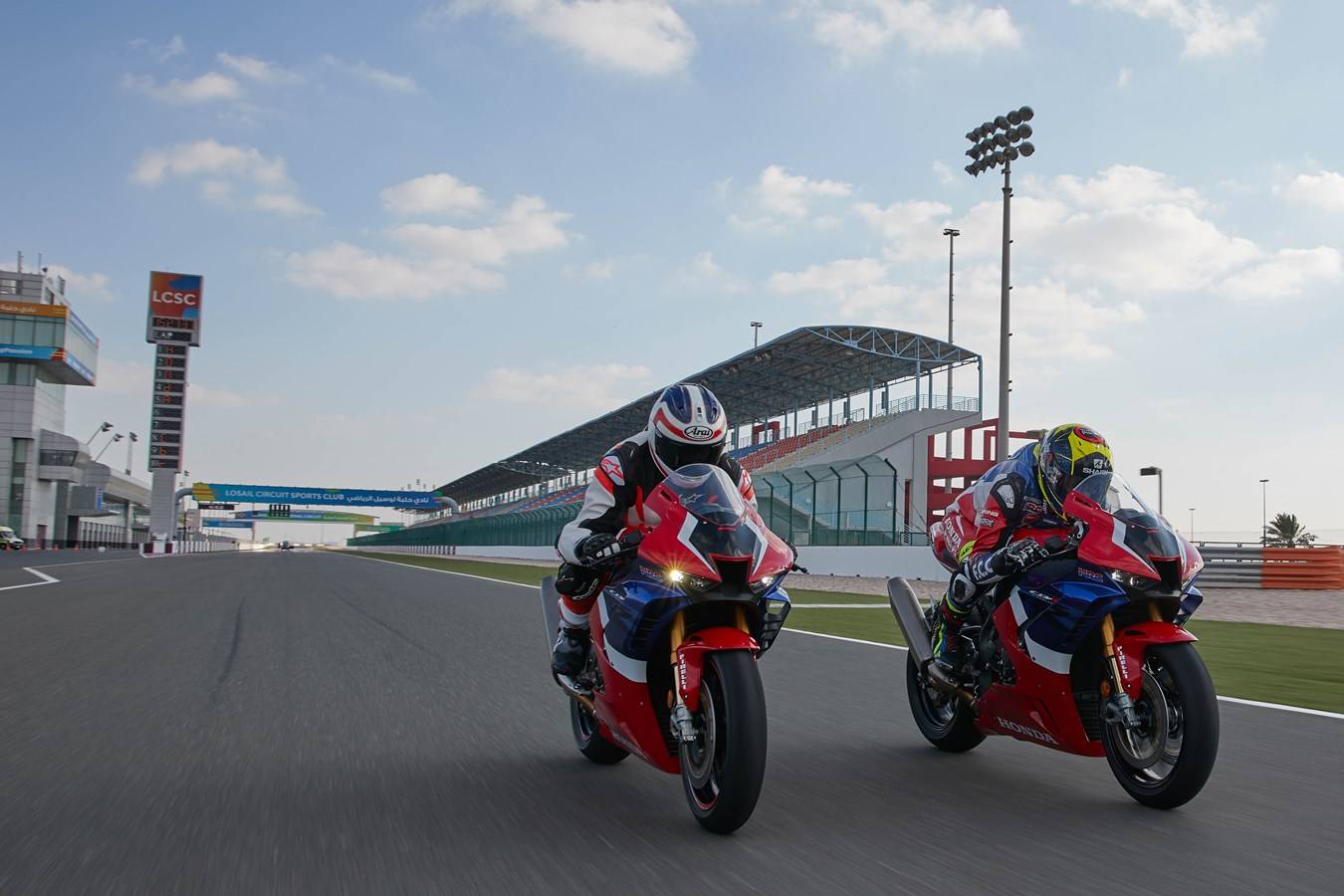- The 2020 Honda CBR1000RR-R debuted at the 2019 EICMA show.
- It is the first Honda litre-class supersport to break the 200PS barrier.
- It is also the first production bike from the brand to feature MotoGP-esque winglets.
- Fireblade SP features semi-active suspension from Ohlins and Brembo Stylema radial calipers up front.

After the Honda CRF1100L Africa Twin, the Japanese brand has followed up its BS6 big bike onslaught with the 2020 Honda CBR1000RR-R Fireblade which is now open for bookings. While Honda has not officially revealed the booking amount, we’ve learnt that you can reserve the litre-class supersport by paying Rs 3 lakh. It will enter our shores via the CBU route and is expected to be priced at around Rs 18 lakh to Rs 22 lakh (ex-showroom). The bike will be sold only through Honda’s premium BigWing dealerships and deliveries will commence from August-end.
Also Read: Here’s Your Detailed Look At Honda’s 200-plus PS Monster, The 2020 CBR1000RR-R Fireblade
It is the first litre-class production supersport from Honda to smash the 200PS barrier, with a peak power of 217.5PS coming in at a dizzying 14,500rpm. Using the same bore and stroke as the RC213V MotoGP bike and a 5 percent lighter MotoGP-spec forged aluminium pistons, it produces 113Nm at 12,500rpm.

This powerhouse of a motor is reined in via three riding modes linked to engine brake control, wheelie control, and a 9-level traction control system. It even gets an IMU-enhanced three-level electronic steering damper. Combine these aspects with the featherlight weight (by litre-class supersport standards) of 201kg kerb and you’ve got yourself a lean, mean machine that can carve through corners like a hot knife on butter.
Oh, and in order to do this effectively, it also gets an aluminium composite twin-spar chassis inspired by the RC213V-S (the street legal MotoGP bike). The chassis is wrapped in aerodynamic bodywork with MotoGP-style winglets. Suspension setup comprises a 43mm Showa Big Piston Front fork and a Showa Balance Free Rear monoshock, both with rebound, preload and compression adjustment. The SP variant gets semi-active electronic suspension: fully adjustable Ohlins NPX Smart-EC inverted fork up front and an Ohlins TTX36 rear monoshock.

While the standard Fireblade version ‘manages’ with 330mm dual discs with Nissin 4-pot radial calipers up front, the SP variant gets a more premium, top-spec Brembo Stylema 4-pot calipers. The rear uses a Brembo 2-piston caliper with 220mm disc on both the variants.
Other notable features include a full-colour TFT instrument cluster, smart key system, and a titanium muffler co-developed with Akrapovic.

The standard variant will be available in two colours: Grand Prix Red and Matte Pearl Morion Black whereas the Fireblade SP will be available only in Grand Prix Red. It will go up head-to-head against the BMW S 1000 RR, Yamaha YZF-R1, Ducati Panigale V4, Kawasaki Ninja ZX-10R and the Aprilia RSV4 1100 Factory, of which the S 1000 RR will soon be upgraded to comply with BS6 emission norms.
from ZigWheels https://ift.tt/33dznQA
Comments
Post a Comment